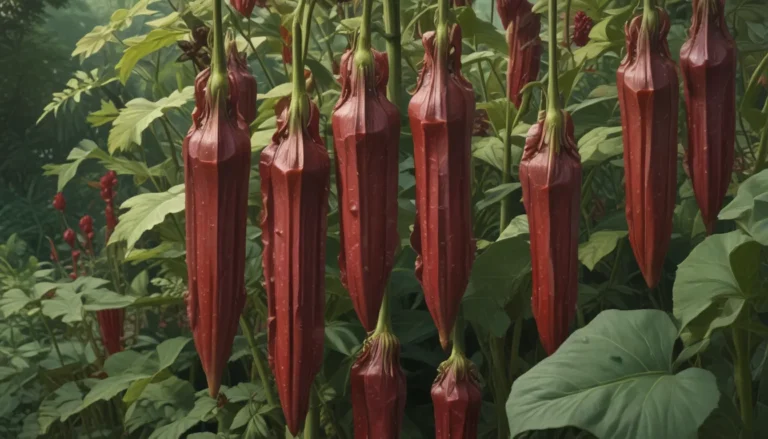A Comprehensive Guide to Identifying and Preventing Common Lettuce Diseases

Growing your own salad greens can be incredibly rewarding, but it’s disheartening when your lettuce plants start showing signs of disease. Almost all garden plants are susceptible to some form of disease, and lettuce is no exception. In this article, we will cover five common lettuce diseases and provide you with valuable information on how to identify and prevent them. Let’s dive in!
Five Common Lettuce Diseases
- Bacterial Leaf Spot
- Bottom Rot
- Damping Off
- Downy Mildew
- Lettuce Mosaic Virus
1. Bacterial Leaf Spot
One of the primary diseases that affect lettuce is bacterial leaf spot. This disease manifests as black lesions on the outer leaves, often surrounded by yellow halos. It is commonly caused by bacteria from the Xanthomonas and Pseudomonas genera.
Prevention and Treatment Tips:
– Use drip irrigation to prevent splashback.
– Avoid overwatering to reduce the spread of bacteria.
– Sterilize seeds with a bleach solution.
– Increase airflow and reduce humidity to stop bacterial growth.
– Use commercial copper fungicide on young plants.
2. Bottom Rot
Bottom rot is another common affliction that affects lettuce, particularly in warm soil conditions. This disease is caused by opportunistic fungi from the Rhizoctonia genus.
Prevention and Treatment Tips:
– Maintain distance between plants to prevent disease transmission.
– Rotate your planting beds to avoid re-infestation.
– Treat soil with fungicide or solarize it to kill fungal pathogens.
– Use Trichoderma harzianum to prevent infections.
3. Damping Off
Damping off is a fungal disease that primarily affects seedlings, causing them to wilt and collapse. This condition is exacerbated by cool, wet environments and poor soil hygiene.
Prevention and Treatment Tips:
– Disinfect gardening tools to prevent disease spread.
– Use new potting soil and maintain optimal soil temperatures.
– Provide adequate light and air circulation to promote plant health.
– Transplant seedlings carefully if symptoms develop.
4. Downy Mildew
Downy mildew thrives in cool, wet environments and can affect lettuce leaves, causing yellow spots and fluffy mold growth. This disease is caused by water molds and requires specific prevention measures.
Prevention and Treatment Tips:
– Increase plant spacing to improve airflow.
– Avoid overwatering and allow leaves to dry quickly.
– Remove affected leaves promptly to prevent spread.
– Maintain garden hygiene and rotate susceptible crops.
5. Lettuce Mosaic Virus
Lettuce mosaic virus is a common affliction in home gardens and can cause stunted growth and discoloration in lettuce plants. This virus is spread through infected seed and aphids.
Prevention and Treatment Tips:
– Control aphids and dispose of infected seed.
– Monitor neighboring crops for symptoms.
– Avoid planting seeds from infected plants.
– Practice good weed management and vigilance against aphids.
Don’t Let Lettuce Diseases Get You Down
Lettuce is a versatile and delicious crop, and by following good gardening practices and implementing the tips provided in this guide, you can successfully grow healthy, disease-resistant lettuce in your garden. If you have faced any of these lettuce diseases, share your experiences in the comments below!
For more lettuce-growing tips, check out these helpful guides:
– How to Identify and Control Common Lettuce Pests
– How to Be Successful with Your Lettuce Patch
– How to Grow Buttercrunch Lettuce
Remember, a little prevention goes a long way in maintaining a thriving lettuce garden. Happy growing!
And there you have it! By following these prevention tips and staying vigilant in your garden, you can protect your lettuce crops from common diseases and enjoy a bountiful harvest of fresh, homegrown greens. If you have any experiences or additional tips to share, feel free to drop them in the comments below. Happy gardening!





